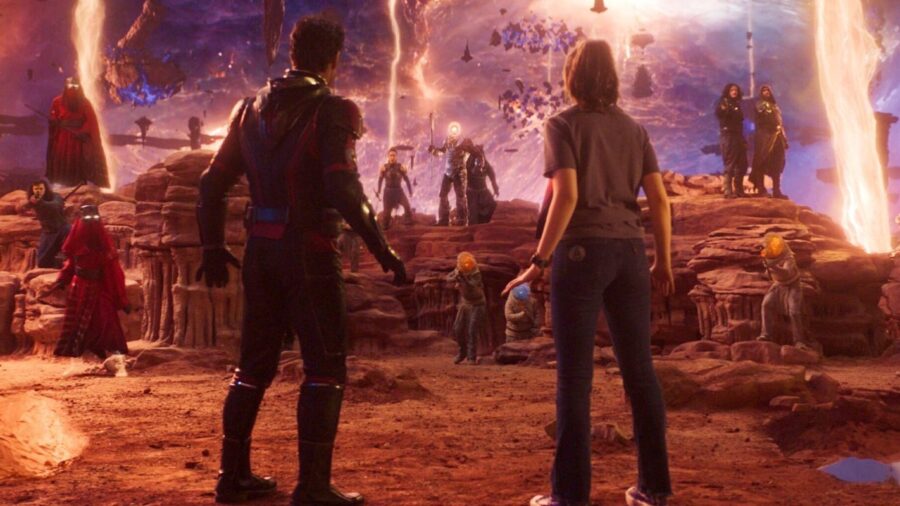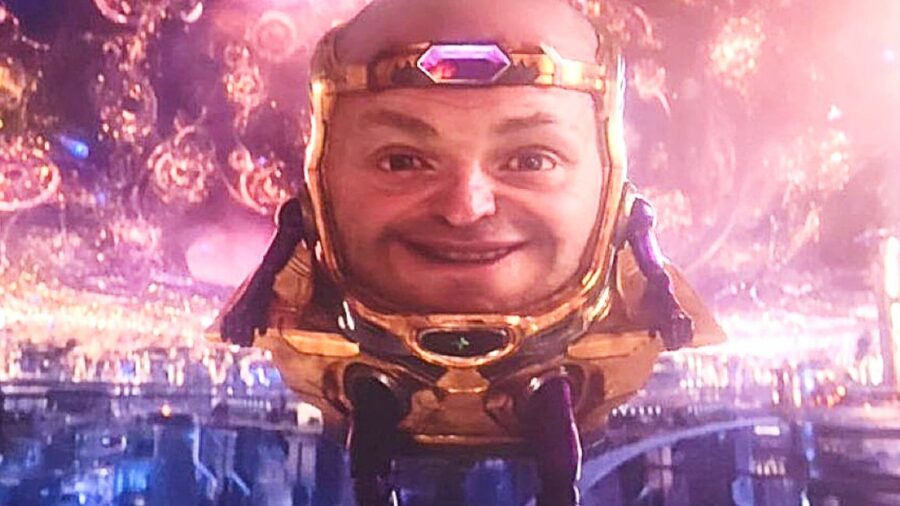Marvel’s Artists Are Embarrassed By Their Own Special Effects, Quitting?
Marvel Studios' recent firing of Victoria Alonso and a tight production schedule has caused unrest among special effects artists who worry that their art is suffering due to Marvel's demands.
This article is more than 2 years old

Marvel Studios’ recent firing of Victoria Alonso as President of Physical Production, Post-Production, VFX, and Animation highlights a crisis in VFX production, causing unrest in the special effects industry which might motivate artists to soon quit working with the studio. While there is no official word from Marvel about why she was shown the exit, the shocking move comes as waves of unrest continue to pour out from VFX artists. As IndieWire reports, the intense volume of output from Marvel Studios might be leading to what some see as reduced quality in visual effects, for which Alonso could have been blamed.
The reality, according to sources who spoke to IndieWire, upon the condition of anonymity, is that while the speed and quantity of production at Marvel has made producing high-quality work increasingly difficult, Alonso “was remarkably successful at keeping the VFX pipeline flowing for as long as she did.” It seems Alonso has been successful at swimming upstream against the flow of a massive and demanding schedule. As we’ve reported, VFX workers have been raising concerns about working conditions at Marvel Studios for some time.
This is probably due to the fact that, unlike virtually every other part of the film industry, visual effects departments are not unionized. Instead, they are independent contractors. This means that there is no one fighting for fair pay, good working conditions, retirement, or any of the other benefits available to most other industry professionals.
According to an article published last year by We Got This Covered, one visual effects artist even claimed, in a now-deleted Instagram post, to have spent some 100 hours on a character for Thor: Love and Thunder, for which he was not even credited.
While he seemed to shrug this off to a degree, it still highlights a lack of value attached to artists and technicians upon whom genre entertainment, such as the films and series Marvel produces, vitally depends.

The number of those films and series has greatly increased, too. Marvel was producing three films per year until 2019. Since then, according to IndieWire, production has risen to include seven films and eight series, including the CGI-heavy She-Hulk, which faced criticism for, among other things, the less-than-stellar realization of digital characters.
Meanwhile, Ant-Man & The Wasp: Quantumania has struggled to be successful and has faced criticisms that its dizzying array of visual effects are of lower quality, an idea that VFX production supervisor Jesse James Chisholm has pushed back against. Still, the sense that Marvel is losing its way permeates the conversation around the studio and its products. Fatigue among fans seems to only echo the weariness of those working in the bowels of the studio to make the decreasingly magical movie magic happen.
With all this turmoil, there might have been some signs that something drastic like the firing of Alonso from Marvel Studios would take place. But that hindsight does little to cushion the shock of seeing a high-ranking executive and producer go from the Oscar red carpet (or champagne carpet, as it was) for her work on Argentina, 1985 to updating her resume. Efforts are underway to unionize the effects industry, and we hope it happens soon.
As the comic book industry itself learned after decades of failing to equitably compensate its creators, the artists upon whom an industry depends deserve to be treated fairly.












